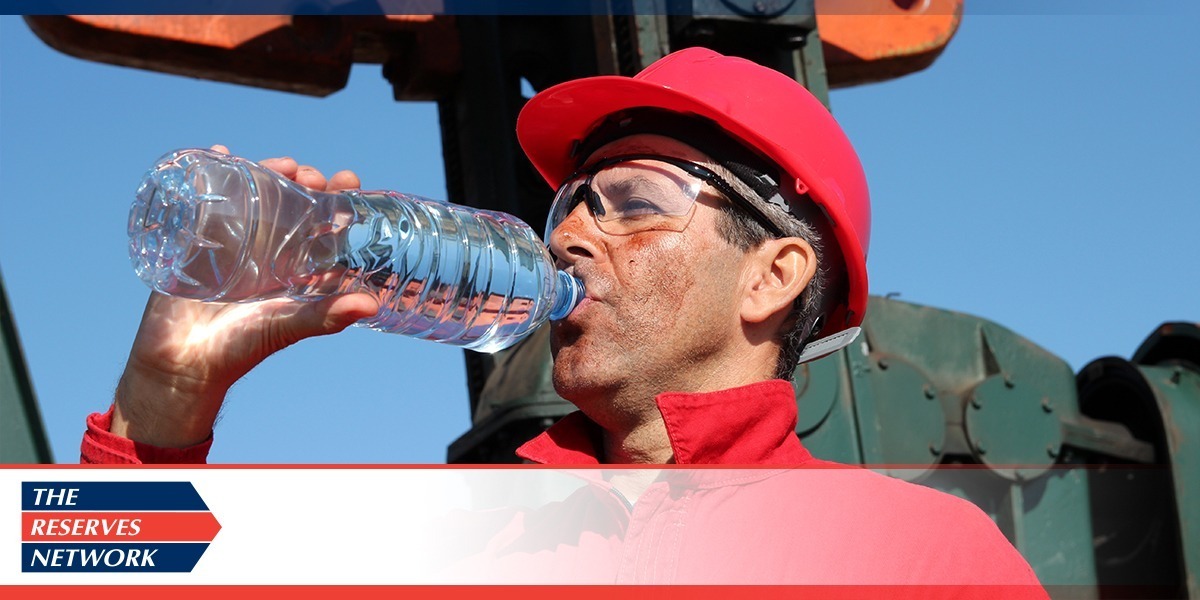Four Ways to Ensure Your Employees Beat the Heat
Workplace heat exposure is a serious risk that the Occupational Safety and Health Administration (OSHA) states causes thousands of workers to get sick each year. Heat-related illnesses can even be fatal.
This doesn’t have to happen. Your company must help staff stay safe, even in the hottest summer heat, especially in high-risk positions like landscaping, commercial kitchens and construction.
Here are four key ways to ensure employees beat the heat:
Educate workers on risks
Summer is the prime time for heat related illnesses. According to OSHA, 2,630 workers became sick due to heat and 18 were killed due to heat stroke and related causes in 2014. Workers must take heat seriously. Staff should take time to acclimate to working in hot weather, especially at the start of the summer season. Those who are 65-and-older, workers doing intensive physical activity and staff members with high blood pressure are especially susceptible to heat-related health complications.
Offer plenty of water and rest breaks
Workers should drink cold water every 15 minutes when working in hot environments. They can be encouraged to bring their own cold water, but it often makes sense for employers to provide coolers and access to cold drinks on job sites. Employees should take a rest break in the shade as they drink water, as routine breaks from the heat are recommended.
Require the use of appropriate personal protective equipment
Workers who wear uniforms should be provided with clothing that is made of lightweight, breathable material. If workers wear their own clothes, encourage appropriate attire. Cooling vests and sunglasses with UV protection can help to prevent against heat-related problems.
Train workers to catch signs of heat-related illness
Workers must be trained to recognize problems in themselves and others. Heat rash, heat cramps, heat exhaustion and heat stroke are all symptoms of heat-related illness. Heat rash consists of clusters of bumps that appear on the upper chest and neck. Heat cramps involve pain and muscle spasms on the legs or arms or in the abdomen. Heat exhaustion is characterized by headache, weakness, dizziness, a fast heart beat, vomiting, nausea and excessive sweat. Heat stroke, which is a serious emergency, could involve fainting and a very high body temperature.
It’s important to hire skilled workers who understand the dangers of excessive heat and follow safety protocols. The Reserves Network helps your company find knowledgeable, hard-working staff who know that safety is of utmost importance. Contact us today to find out more.




